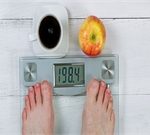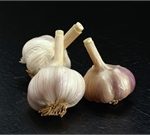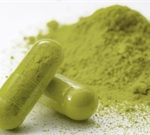
Children will face more food shortages and infections if climate change continues unchecked, researchers from the World Health Organization and 34 other institutions warn. Climate change is already harming children’s health. And they’re at risk for lifelong health threats unless the world meets Paris Agreement targets to limit warming to well below 2 degrees Celsius, the scientists reported in the Nov. 14 issue of The Lancet. “This year, the accelerating impacts of climate change have become clearer than ever,” said Hugh Montgomery, co-chair of The Lancet Countdown on Health and Climate Change. “The highest recorded temperatures in Western Europe and wildfires in Siberia, Queensland and California triggered asthma, respiratory infections and heat stroke. Sea levels are now rising at an ever-concerning rate. Our children recognize this climate emergency and demand action to protect them. We must listen, and respond,” Montgomery said in a journal news release. Montgomery is director of University College London’s Institute for Human Health and Performance, in the United Kingdom. The health impact of climate change needs to be at the top of the agenda at the UN Climate Conference (COP25) next month in Madrid, the scientists urged. Without action, children born today will live in a world that’s an average of more than 4 degrees Celsius warmer by age 71, posing a risk to their health at every stage of their… read on >


































-300x200.jpg)
